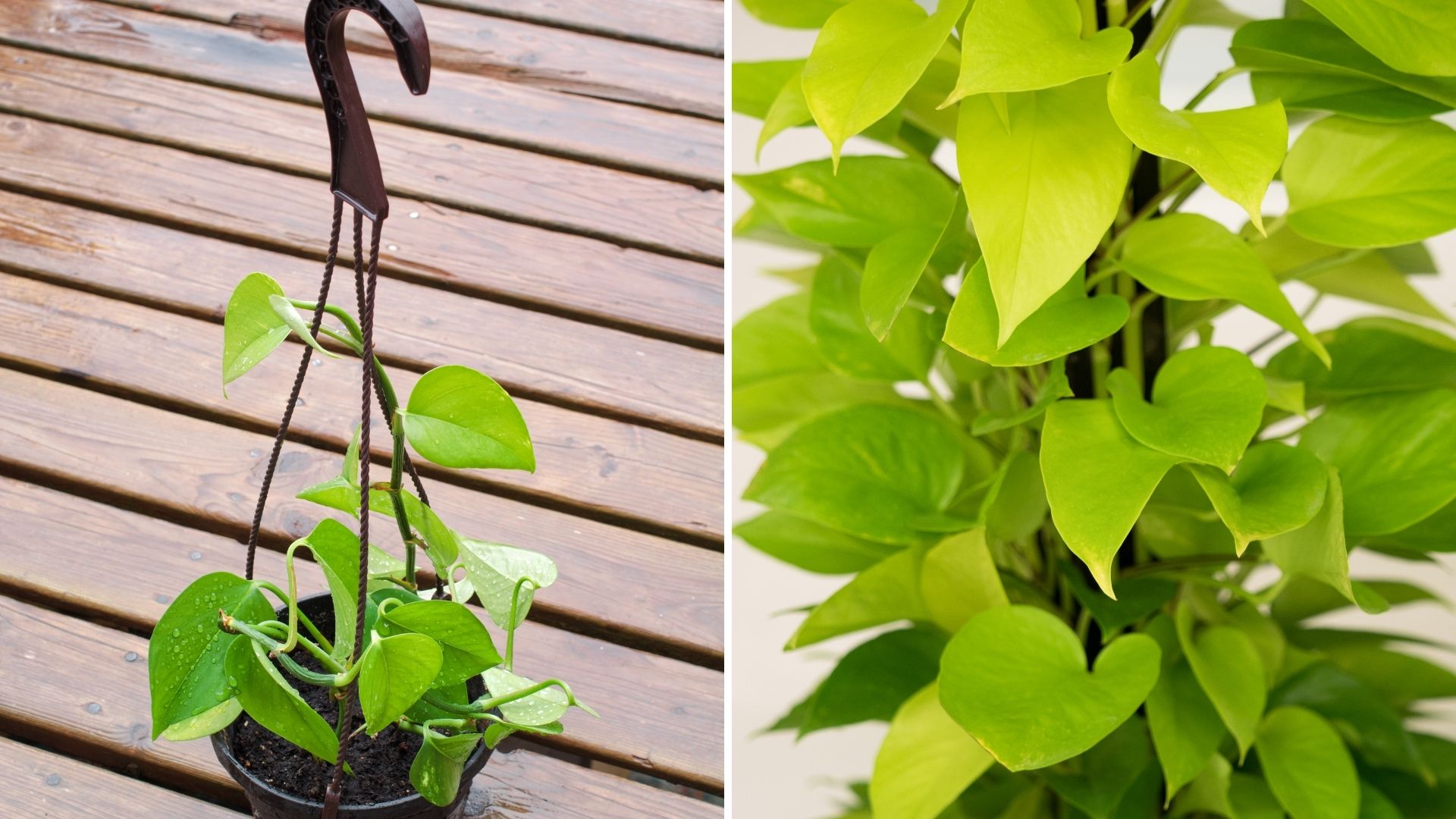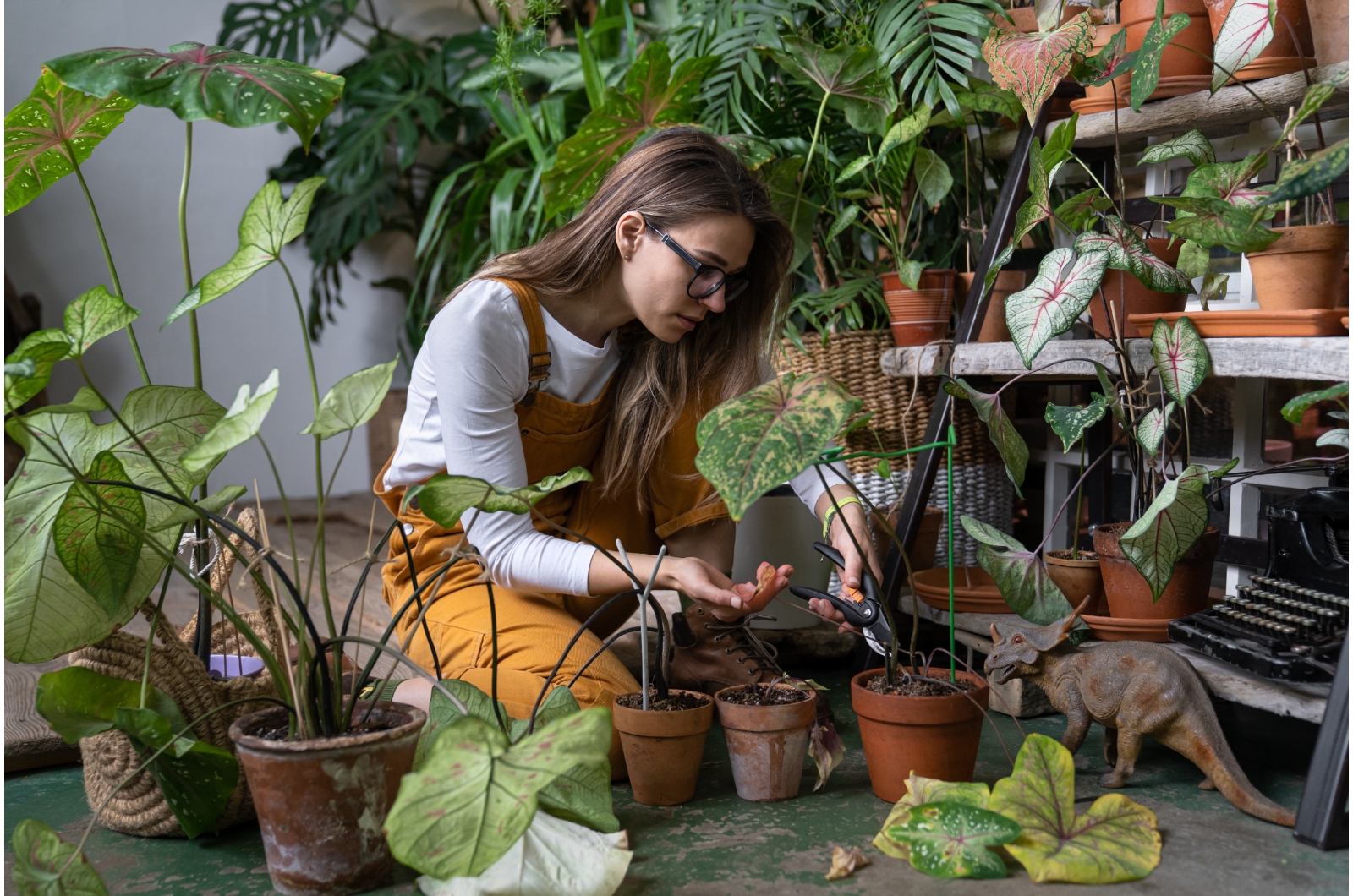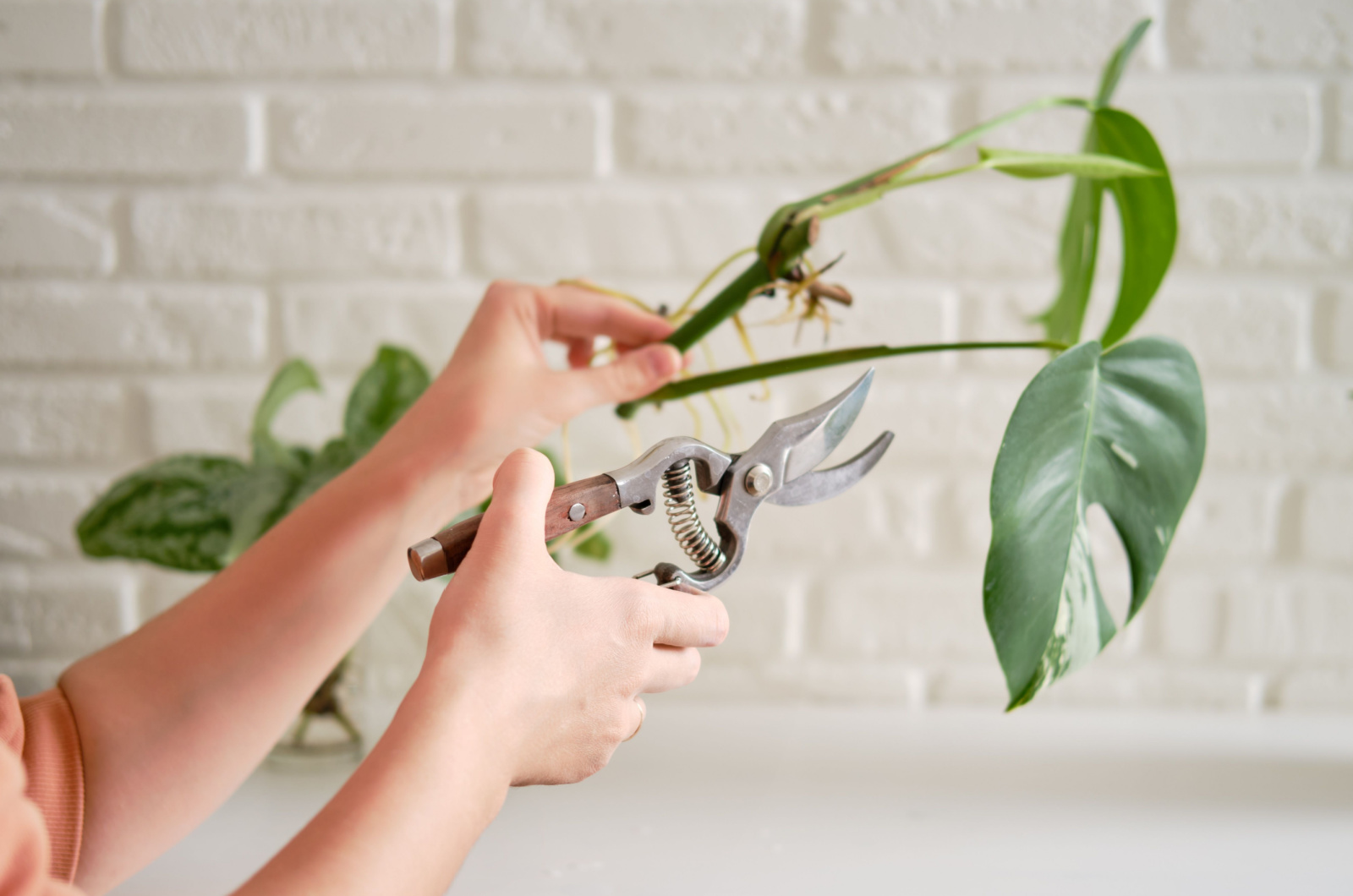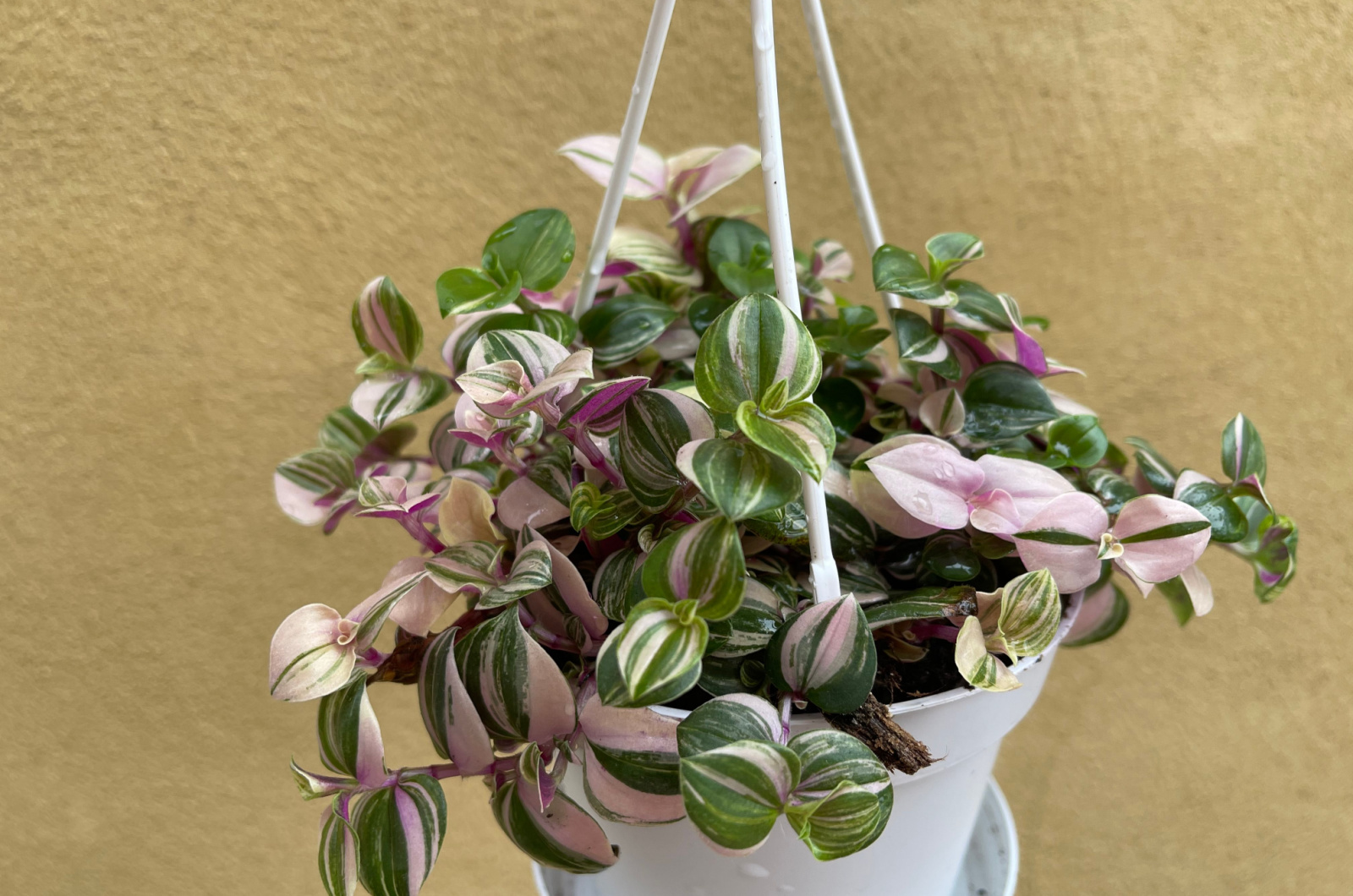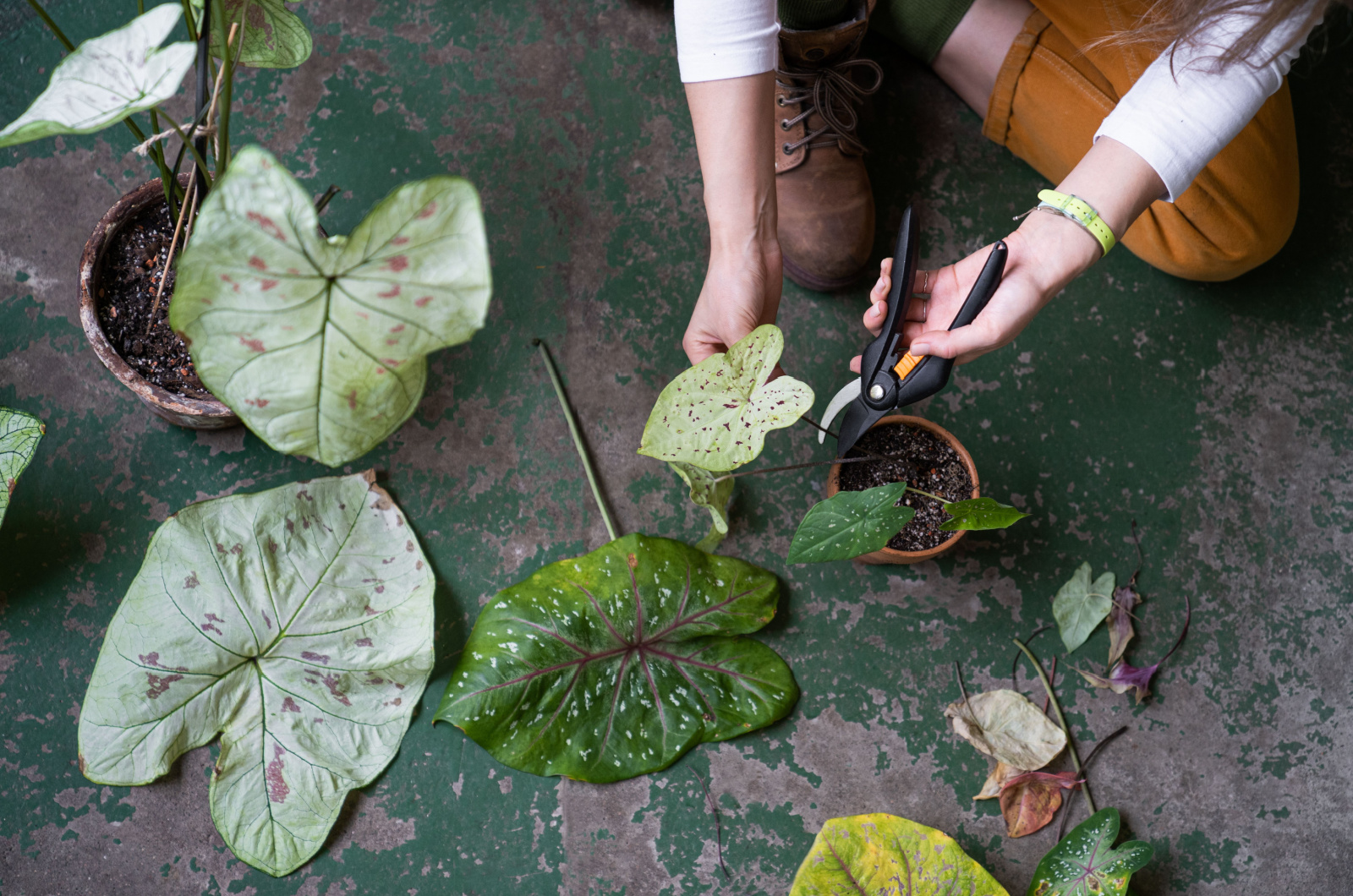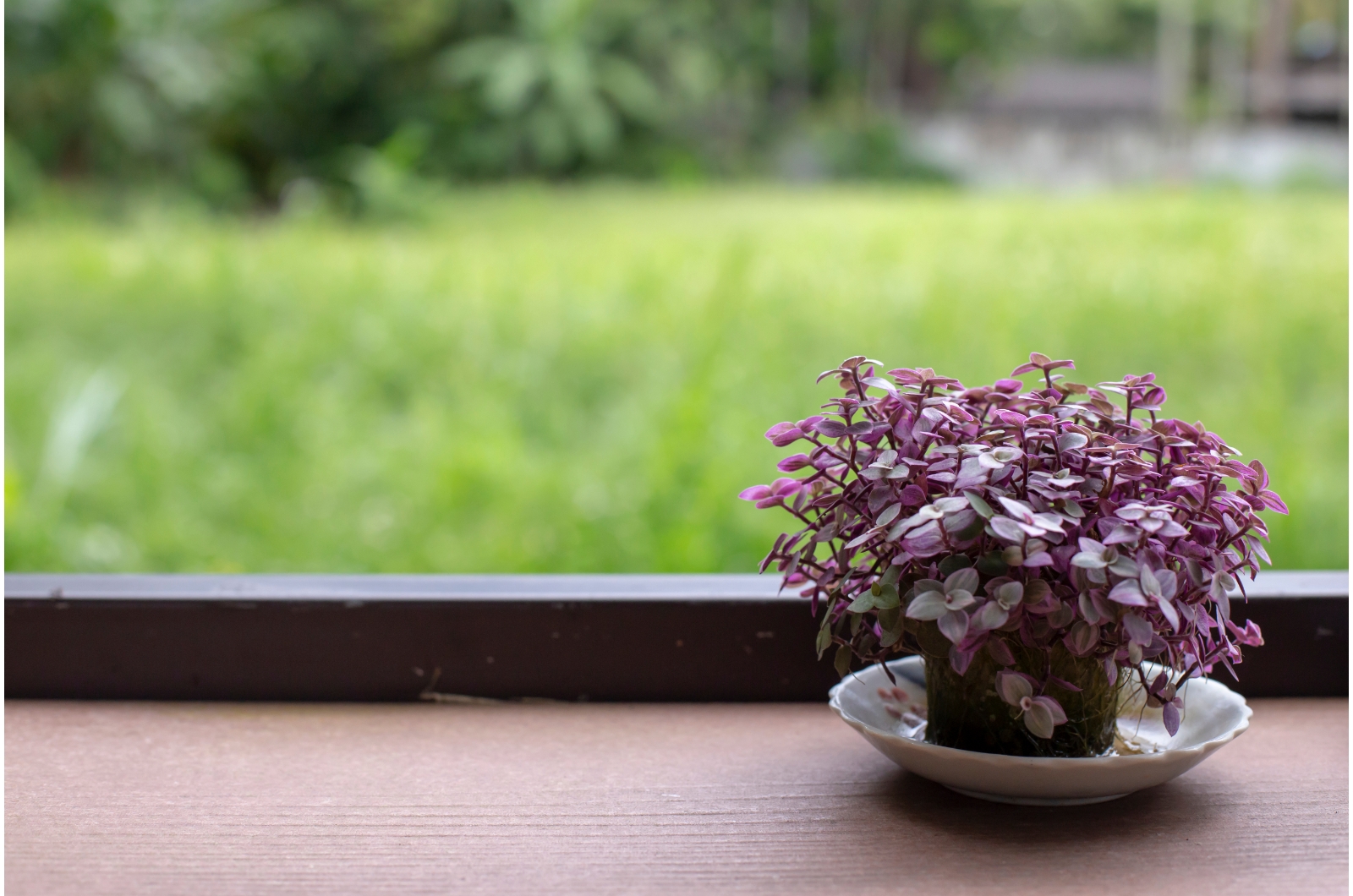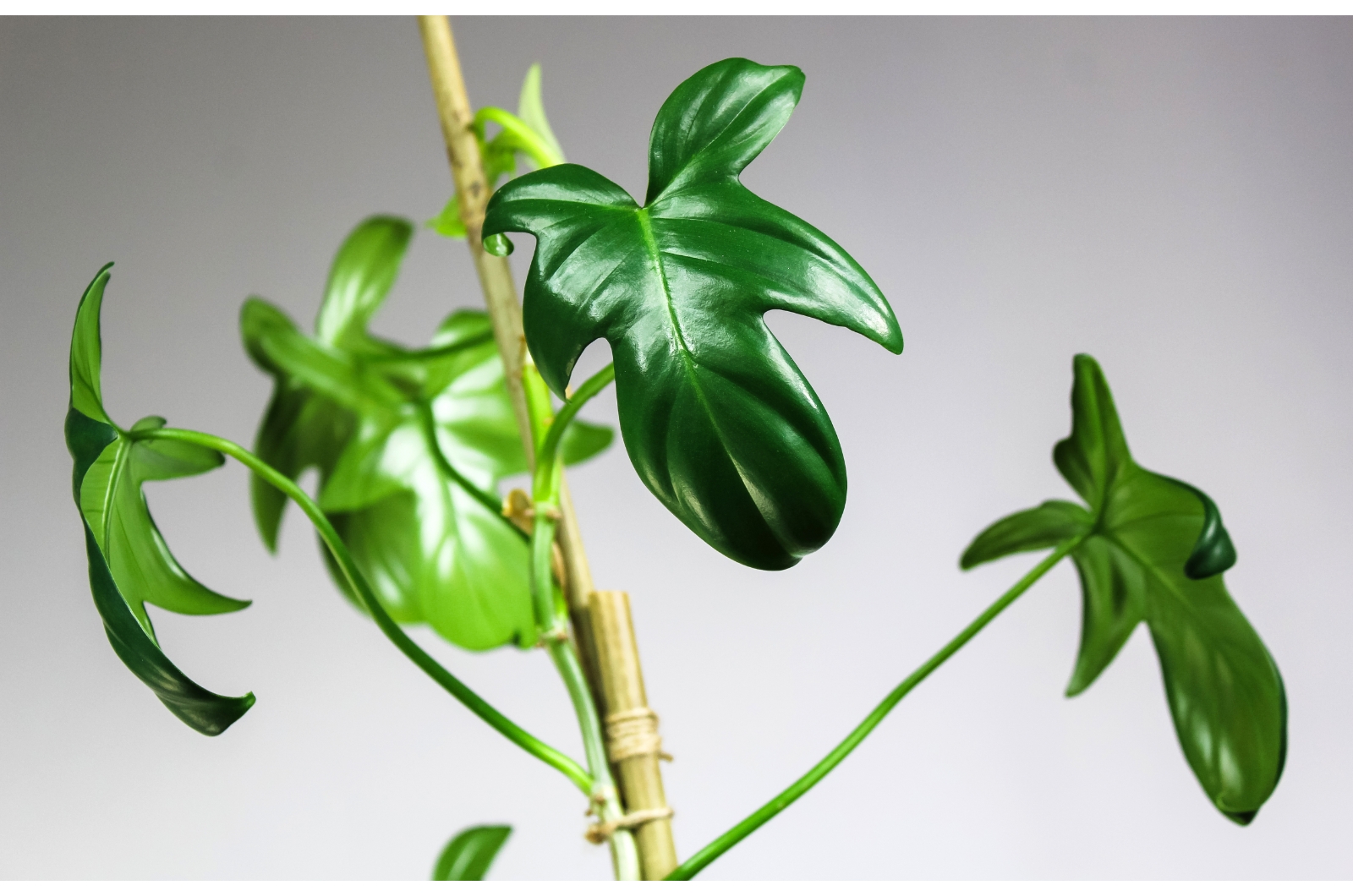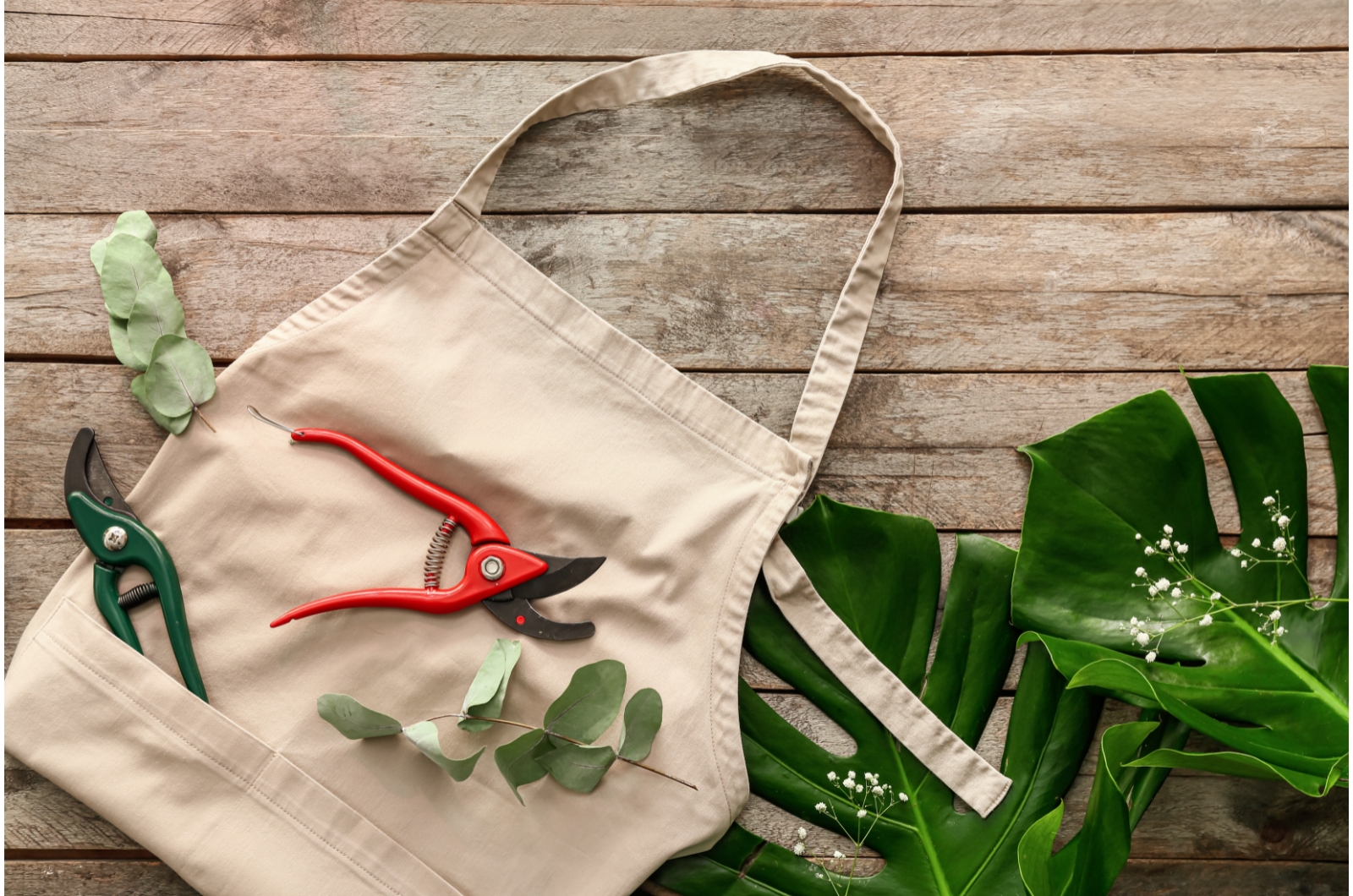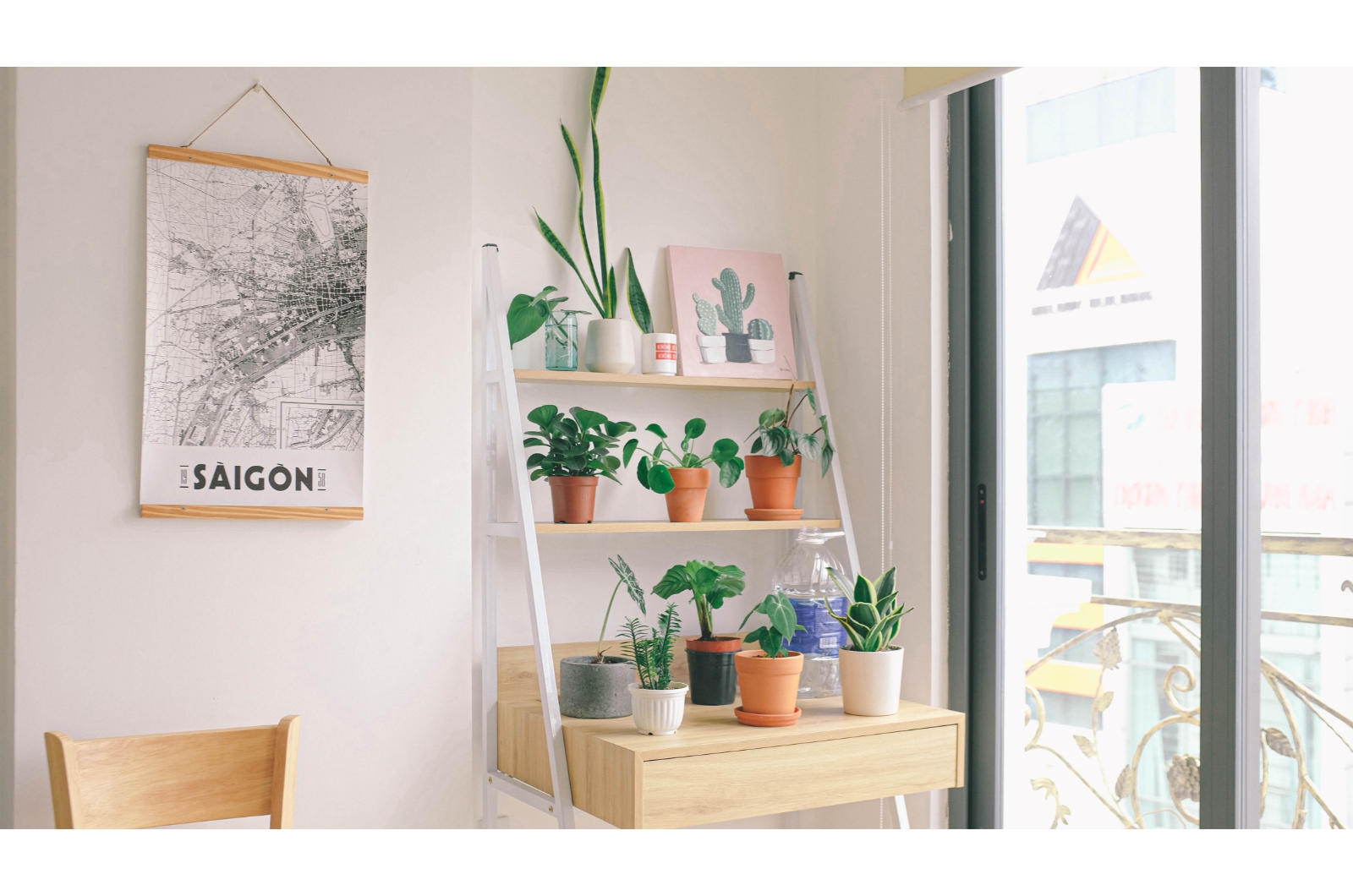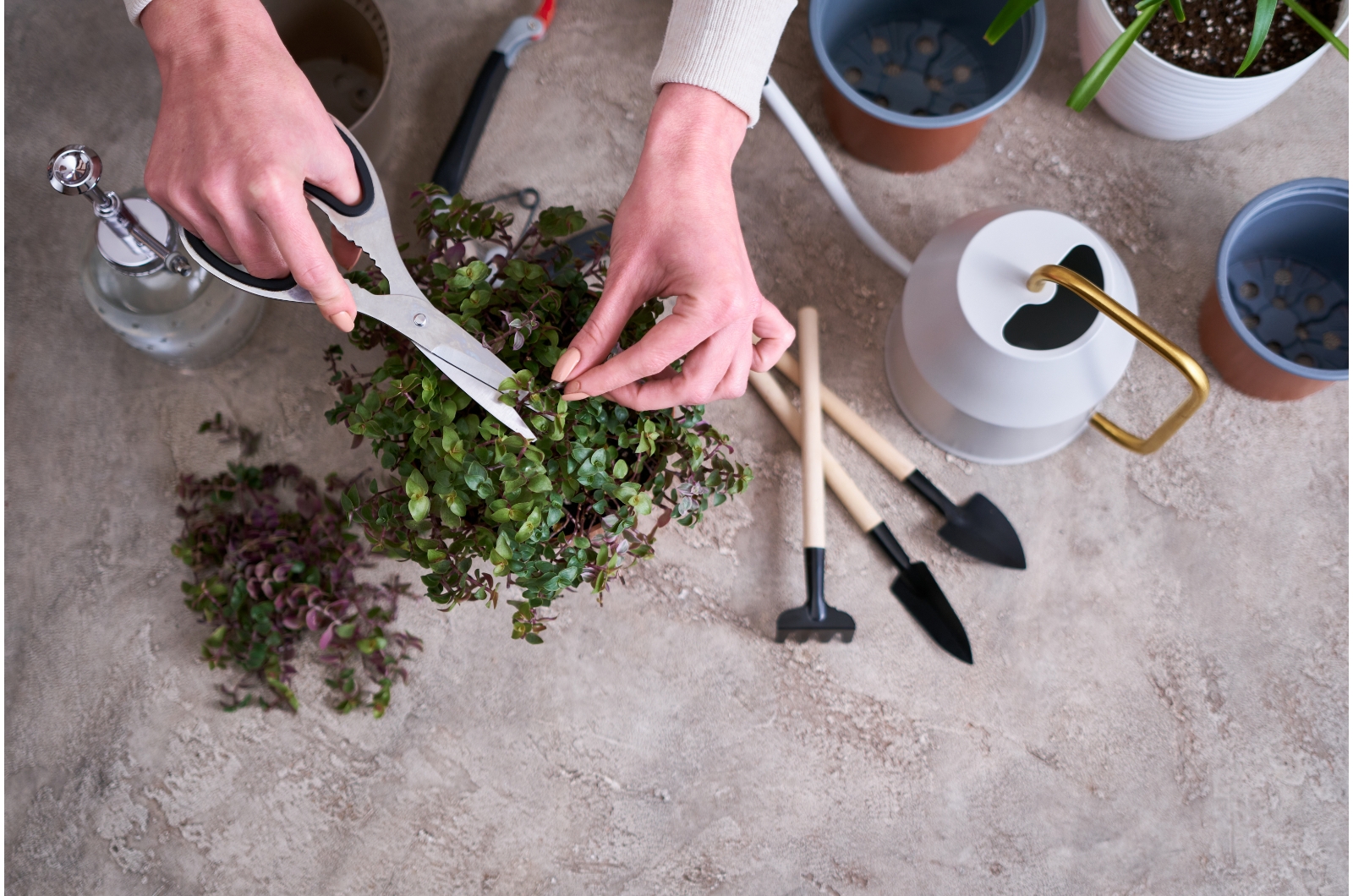I’m a rule follower, but that’s not always the best thing for my plants. When I was starting my gardening journey, I had big dreams about huge plants hanging from my ceiling.
But that took a lot of time to happen! Why? Because I always did the right thing!
Sure, I made mistakes with lighting, but not with pruning. I followed the 1/3 rule religiously and it got me nowhere!
My climbers were spindly and leggy – everything but bushy. Here’s how I reversed it!
Understand The Rules Before Breaking Them
If you have a leggy monstera, chances are it needs more sunlight. But if you have a climber, such as a unique philodendron or pothos, light might not be the only thing that’s stopping it from becoming bushy.
Perhaps you’re not pruning it enough. Yes, you read it right! This is the main thing that will make your climbers bushy.
But not if you follow the rules to a T. There are situations where you “have to” break them. And to break the rules, you first need to understand them!
Here are the secrets behind them!
1/3 Rule
The main advice I ever got (and the one I often gave) was not to prune more than a third of the entire plant growth – ever!
But that’s the rule I now break all the time, especially with my vining, climbing, and trailing houseplants.
I don’t know how this became so popular. It’s true, you should never remove more than 25% of your vegetable plants such as tomatoes.
Yet, it’s not the case with houseplants. If they have a healthy and extensive root system, they will spring right back up even if you give them a hard prune – especially then!
So, if you have monsteras, philodendrons, hoyas, pothos, and other vining and climbing plants, it’s time to cut them back.
2/3 Rule
If your plant has a healthy and well-developed root system, you can reverse the 1/3 rule. I do this with all spindly and leggy plants.
I cut 2/3 of the plant. This sends a message that it needs to produce more new growth – fast.
Some plants just can’t grow bushy without proper encouragement. They will become longer and longer, but their density will remain the same. Once they reach a certain length (3+ ft), they will look ridiculous.
You can try everything. Light pruning and planting those parts into the pot, folding old vines and burying the ends into the pot, etc. Nothing will work. Trust me, I tried it all with my inch plant.
I eventually cut it all back – that’s how sick of it I became! I left about 4 inches of the entire plant and, lo and behold, it started to spread.
My inch plant got the message and started producing new bushy growth.
Leave Some Growth Behind
Pruning pothos and other vining houseplants isn’t that difficult. A hard trim won’t hurt them, but you have to leave something behind.
If you want your 3-stemmed pothos to look fuller in a pot, here’s what you need to do.
• Shorten the stems to about 5 inches. Make sure each shoot has at least 3 leaves remaining.
• Cut above leaf nodes so that your plant can produce new growth.
• Separate the cuttings you just made into smaller ones. Propagate them in the same container in which you’re growing your current plant.
• Ensure that each cutting has one leaf and a node. Insert the node into the soil so that it can produce roots.
• Irrigate the plant afterwards to allow the cuttings to take root.
Once you finish with pruning and propagation, it is time to turn to the aftercare. It is crucial to keep the soil moist to encourage rooting.
Check the growing medium every couple of days and make sure it’s never dry. The cuttings will develop roots in a couple of weeks and start producing new growth.
It may even take a month or so, so be patient. At first, it will appear as if nothing’s happening, but then you’ll notice the sudden bushiness of your plant.
Timing Is Crucial
You’ll get the best results if you prune your spindly and leggy houseplants during their growing season. Don’t do it during dormancy!
That’s when your plant is resting and won’t have enough energy, nutrients, moisture, or sunlight to produce new growth. This will only weaken your green buddy.
If you do prune your plant during dormancy, make sure to give it extra fertilizer and expose it to more sunlight.
And be patient! The plant will need some time to recover from its deep sleep before it can get back to growing.
Not Bushy Enough? Try…
There are a few tricks to make your rubber plant bushy. But what can you do if hard pruning fails you?
Here are some things you can try out!
… Pruning Again
You’ll notice new and bushy growth within a month or so. If you’re still not satisfied with the result, you can give your plant another prune.
However, this time do follow the 1/3 rule. Another hard prune would stress your plant out too much.
Trim your plant where you would like it to be bushier, and that’s it! This will encourage it to spread, not grow taller.
… Increasing Light
Another thing you can try out is giving your plant more light. Remember, you’ve pushed it way out of its comfort zone. It’s in overdrive and needs every bit of help it can get.
If you don’t expose your plant to enough sunlight, it will stretch out in search of it. And before you know it, you’ll end up with a leggy plant once again.
So, encourage your trailing buddy to grow fuller by exposing it to bright indirect sunlight. It will take it longer to start spilling, but that’s because it’s not elongating.
Final Thoughts
Regular pruning is an important part of houseplant care, especially when it comes to climbing, trailing, and vining varieties.
All of them will need trimming at some point to keep them in shape and looking gorgeous.
The good news, though, is that you don’t have to do this more than once a year or every other year. You can even combine this chore with other ones, such as propagation and repotting.

